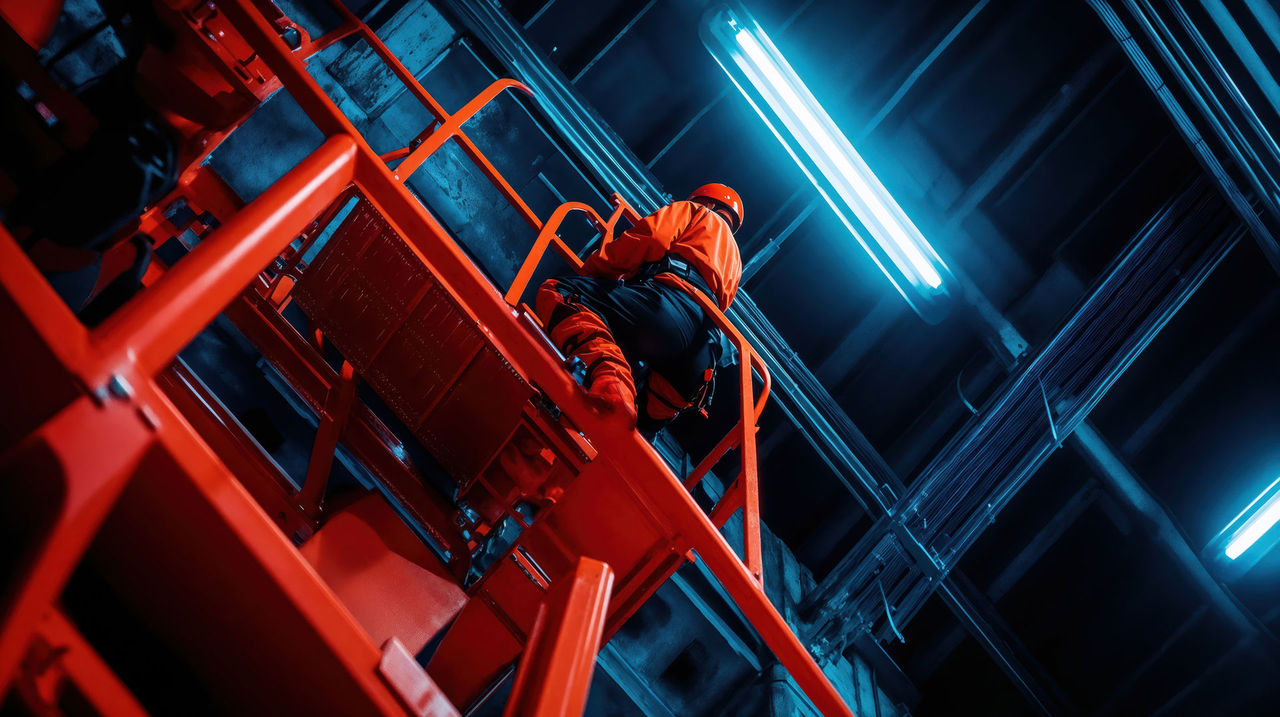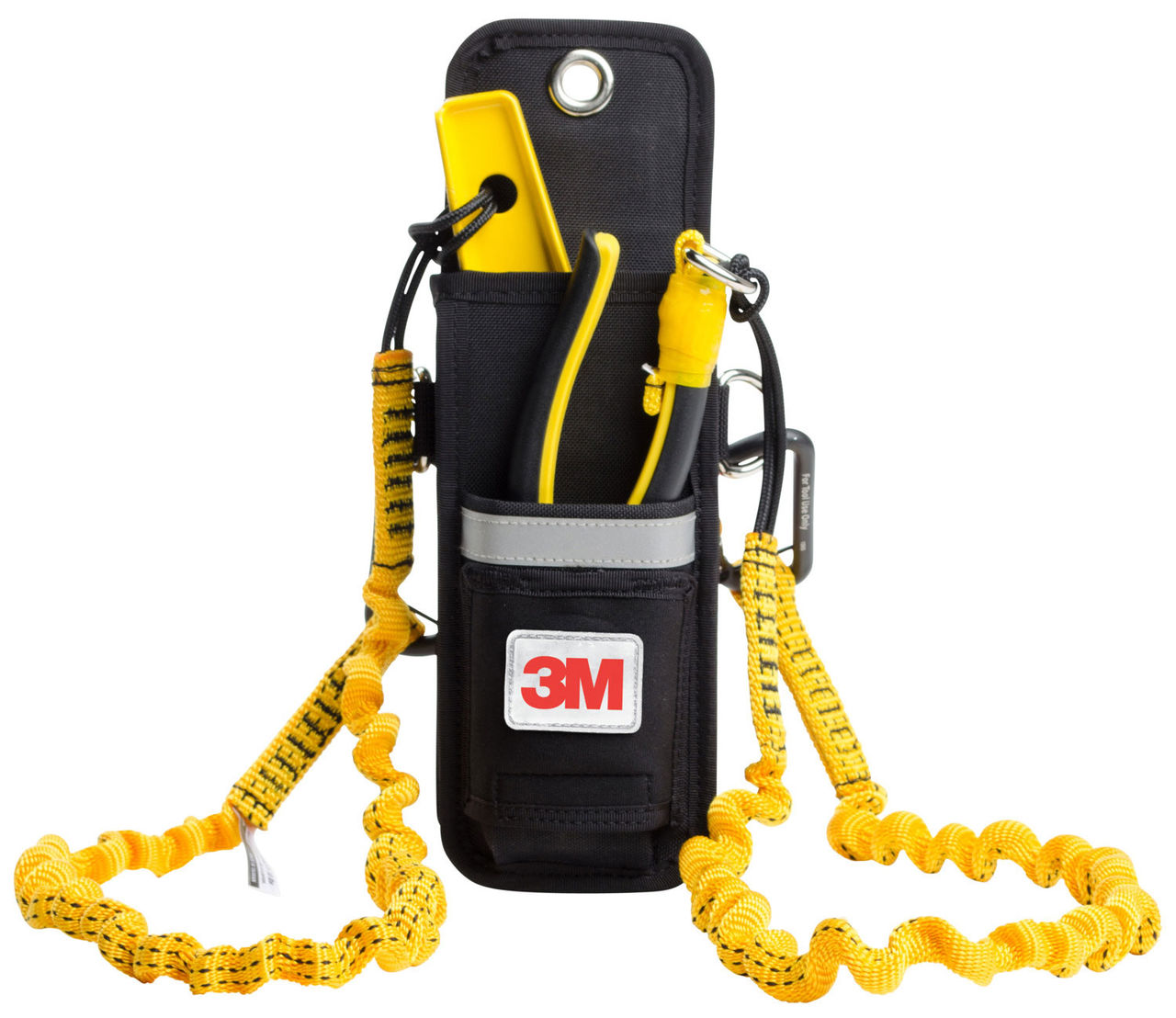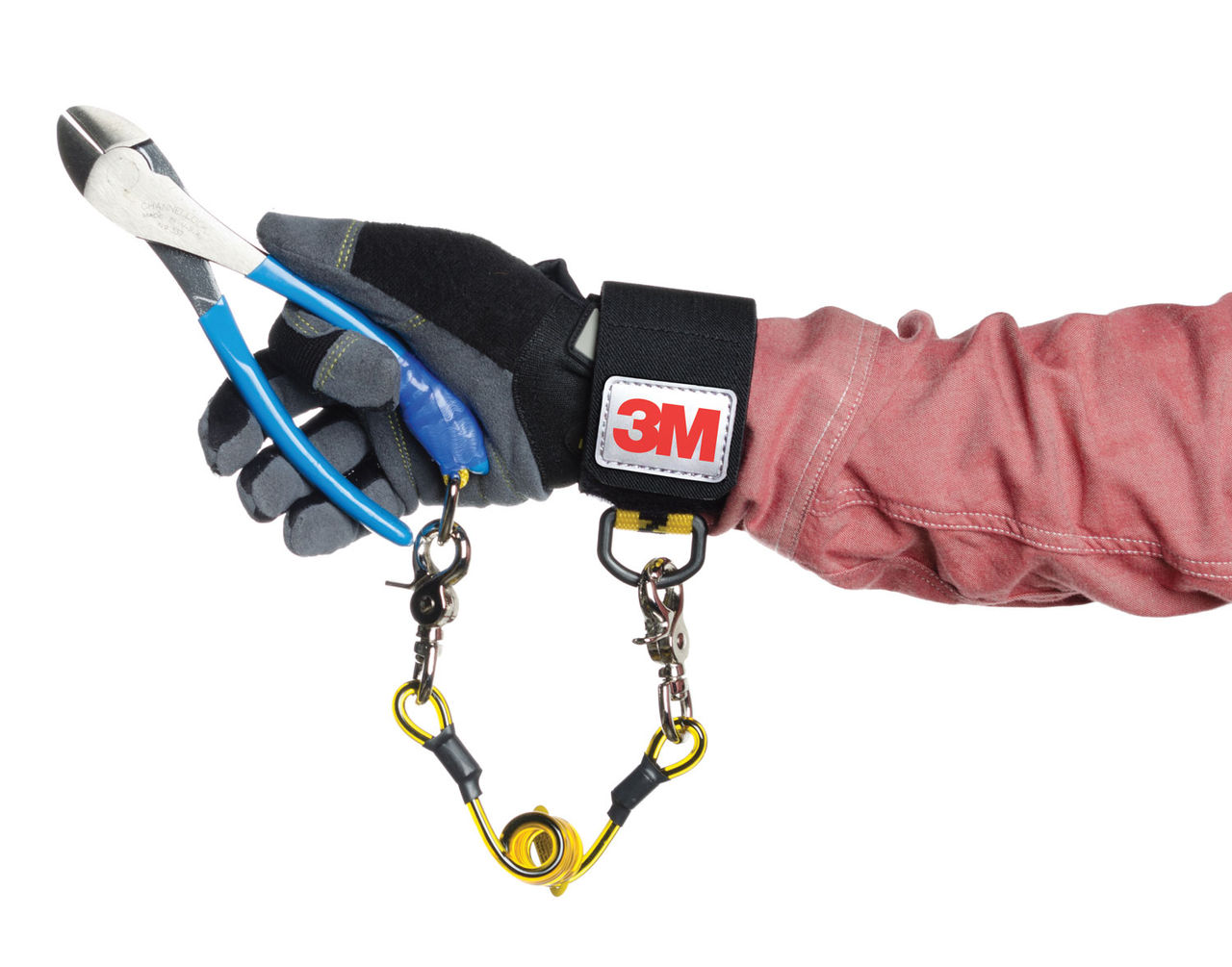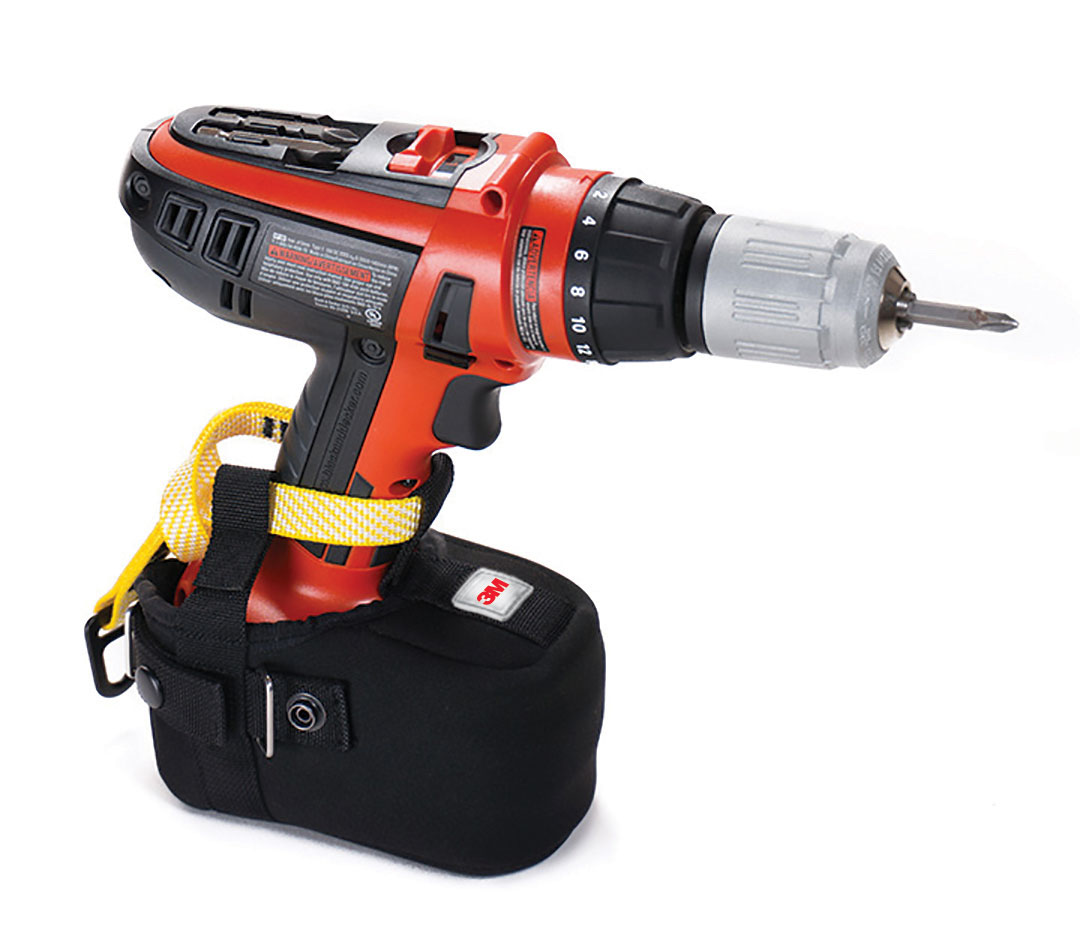In this article
Stop the drop!
Most of us are well aware of the risks of falls that come with working at height. But an even greater risk is the danger of dropped tools and objects. And under The Work at Height Regulations 2005, employers have a duty to stop the drop.

An object dropped from height can have consequences – whether that’s a minor head injury, or a brain or spinal cord injury with loss of use of limbs as a result. And of course those consequences could include trauma for individuals and their families, and penalties, prosecutions and fines for the employer.
Many employers ingrain safety in their culture where they can. ERIKS, for example, has a Zero Accidents philosophy, intended to ensure everyone gets home safely from work every night.
But even if there’s no human damage, there can be financial costs if a tool drops into machinery, or somewhere where it can’t be retrieved. And there’s the basic nuisance factor of wasted time and lost productivity, when descending to ground level to retrieve a tool, then returning to the work at height.
So when something as small as a dropped bolt or a metal tape measure can cost time and money, or have enough impact to cause damage or death, what can be done to minimise the risk?
4 steps to safer working at height
Depending on the situation, there are four ways to minimise or eliminate the risk of accident or injury from dropped tools and objects.
The first, and best, is to engineer-out the hazard altogether – but that’s not always possible.
The second is containment, which means using kick boards and handrails on scaffolding, platforms and walkways, together with closed mesh, plywood or other solid barriers. In areas outside walkways, safety mesh or barrier netting can prevent items dropping further.
The third and most important step is prevention. This includes using solutions that actually prevent tools from falling, as well as educating the workforce in safe practices for handling tools and materials at height. For example, workers throwing items between each other instead of passing them safely from hand to hand should be strictly prohibited and breaches treated as a disciplinary issue.
That’s why 3M Fall Protection not only provides fall safety solutions for people and fall protection equipment for tools, but also offers resources to raise awareness of drop prevention.
Getting the drop on danger
The 3M™ DBI-SALA® Fall Protection for Tools range is designed to meet the challenges of real-world working: from heat and cold to moisture, corrosion and abrasion. Tested in an ISO 17025 accredited lab, in the field, and in 3M’s ISO 90001 certified manufacturing facilities, the range offers the highest quality and reliability.


For tools with no attachment points (such as a hole in the handle), Quick-Wrap Tape used with D-rings or Tool Cinch Attachments from 3M creates instant tethering points. Equipment weighing up to 36.3kg can be tethered with the use of the V-ring attachment point, with two stabilisation wings.
The range also extends to coil and bungee tethers, tool lanyards and tool holsters featuring high visibility reflectors, and 3M’s Quick Mag Technology that helps speed up the workflow with a magnetic tool staging system.
3M Small Parts Pouches in various colours feature an innovative self-closure system, that ensures small objects such as screws, nails and washers are trapped inside but easily retrievable. And if there is too much for a worker to carry to the work position at height, then a 3M Safe Bucket with integrated connection points can be used to lift the equipment up.

Protect and survive
Finally, after prevention, comes step four: protection.
For people working on the ground beneath overhead work, personal protective equipment (PPE) such as hard hats offers a final way of reducing the impact of a dropped object.
But the best option is always to eliminate the danger at source, with 3M™ DBI-SALA® Fall Protection for Tools. Combined with Safety Training by 3M, this helps to ensure tools stay safe at height, and risk never gets off the ground.
For more information on Safety Equipment, you can contact your local ERIKS Service Centre, who will be happy to discuss your options.
#3M #ERIKS #LetsMakeIndustryWorkBetter #ToolTethering #WorkingAtHeight

